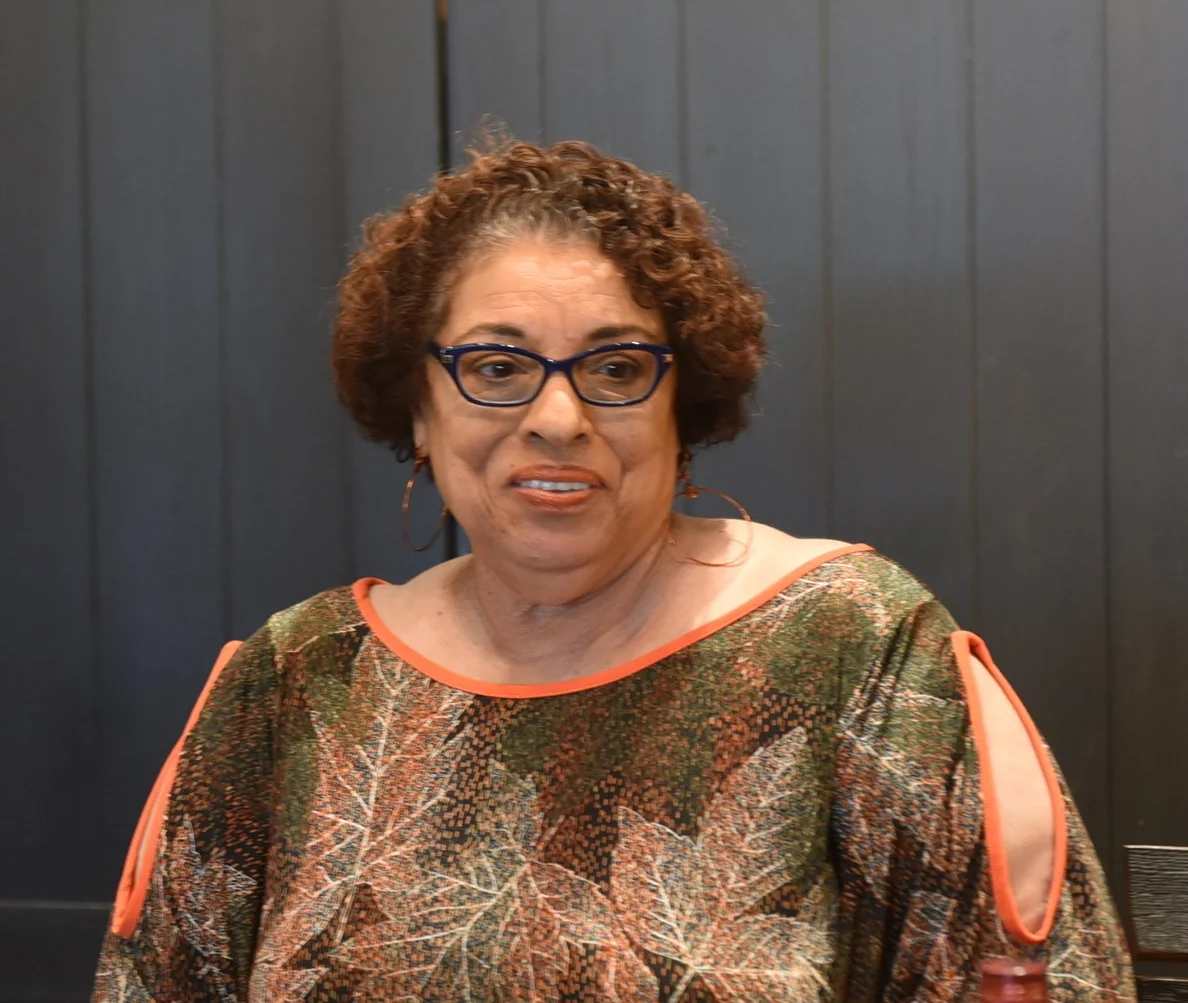Zimbabwe cricketer seamlessly transitions to commentary box
September 26, 2018
Many professional athletes are unable to adapt to life after their careers end.
Edward Rainsford isn’t one of them.
When the Zimbabwean cricketer international career ended after a devastating ankle injury in a 2011 World Cup warm-up game against Ireland, he was prepared for the next move.
Rainsford stepped into the commentary box and is enthusiastically sharing his perspective on the sport while still learning on the job.
He joined Simon Doull, Mike Haysman, Dean Jones and Tino Best on the television broadcast team for this summer’s inaugural Global T20 Canada league.
“An opportunity was extended to me which I grew to like,” said Rainsford. “I am only 33, so I am still learning. But this is something I really enjoy and I think I want to do it for a very long time. Being given the chance to be working in media and be on TV is no one’s right or privilege. It is something that, when you get, you need to nurture and respect it.”
In 2015, he signed a long-term contract with the South African Broadcasting Corporation to be a studio presenter, analyst and commentator.
Among the group of cricket pundits Rainsford admires are Doull, Mike Atherton and former West Indies fast bowler Ian Bishop.
“I just like how Ian analyzes the game,” he said. “I have been on the same panel with him and he’s very quick to pick up on something about a bowler and his technique. I also adore the way he carries himself. When it comes to Mike, I admire how he thinks about the game and presents his thoughts. My countryman Pommie (Mbangwa) is also at the top of my list because he has made himself. They are all well-grounded.”
Rainsford’s knowledge of the game is growing exponentially as was evident by his prophetic call during the first Test between Australia and Bangladesh in Dhaka in August 2017.
While on air, he predicted that Aussie batsman Peter Handscomb would be caught at first slip which he did the next ball.
“The pitch was spinning quickly and I said the slip fielder almost had to anticipate not catching the ball, but try to parry it like a goalkeeper and make a soft catch,” he said.
This was Rainsford’s second visit to Canada and King City.
Eight years ago, the medium pacer was a member of the Zimbabwe team that crushed Canada by an innings and 73 runs in an Intercontinental Cup fixture. The national side included Nitish Kumar who represented the Toronto Nationals in the T20 tournament.
Kumar, who is Canada’s senior team captain, was one of the young players that impressed Rainsford during the series.
“I like the way he carries himself and he looks like someone who has a grasp of what he’s capable of,” he pointed out. “Though still young, he seems very matured.”
Rainsford had some fond memories of the ground that was converted to a make-shift stadium.
“The clubhouse is still there which I remember and how could I forget the area (north side) where all the balls were lost as that’s the shortest part of the ground,” he noted.
Introduced to the game at age 12, Rainsford was drafted into Zimbabwe’s senior team five years later in 2004 when 15 players refused to play for the national team to protest selection policy and the sacking of captain Heath Streak.
“Because of where I grew up in a very small village, I didn’t have a favourite sport,” he said. “The focus was on education and how you could use that to get out of a tough situation and try to help to uplift your family. So when I got the call to represent my country, I saw it as an opportunity and I grabbed it with both hands. I was just 17 years at the time and I didn’t have a clear understanding of what was happening and all the politics. I was still at school and not contracted, so I was more focussed on the big shoes me and the others players had to fill very quickly. It was sort of like you sink or swim and we tried our best to stay afloat.”
Rainsford made his debut in Harare in May 2004 in a One-Day International (ODI) against the touring Australian cricketers. He didn’t take a wicket in seven overs in his team’s eight-wicket loss with 116 balls remaining.
“To be playing your first international against the likes of Shane Warne, Adam Gilchrist, Michael Clarke, Ricky Ponting and Andrew Symonds was quite the feat because these were players I knew of through reading newspaper clippings and cricket magazines,” he pointed out. “There was no television in our home at the time.”
When asked if there was a cricketer he would pay to see, the name ‘Brian Lara’ came out his mouth before the sentence was completed.
Rainsford played against Lara in two ODIs in Antigua in 2006 and an International Cricket Council Champions Trophy qualifier in Ahmedabad five months later.
In the first ODI in the Caribbean, the former West Indies captain scored an unbeaten 40 in his team’s five-wicket win.
“The first time I saw Lara was on YouTube before I played against him,” recalled Rainsford. “When he came out to bat in Antigua, he faced a spinner (Ryan Higgins) and we had a backward point and a sweeper. The leg-spinner turned the ball back into him and he went back and cut it away past point. We put in a second point fielder and Brian hit the next ball fine. The sweeper was placed square and he advanced down the track and hit the ball over mid-wicket. I am thinking, ‘wow’, this is a freak of nature. I was also in awe of some of the innings he played against Muttiah Muralitharan (Test cricket’s highest wicket-taker with 800) where he successfully hit him against the turn. He was so very entertaining with amazing flare.”
Rainsford also rates highly retired Australian leg-spinner Shane Warne, India’s captain Virat Kohli and South Africans AB de Villiers and Dale Steyn.






